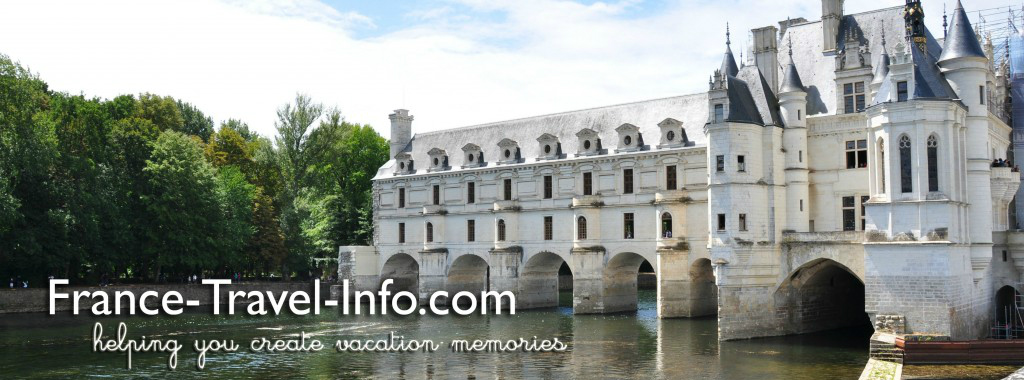Paris Catacombs and Ossuary
The Paris Catacombe are located in the underground tunnels that were once part of the quarries from which stone was mined for Notre Dame and other major building projects during medieval times. The word catacombe (French), which is usually used in the plural form, defines as an underground cemetery connected by tunnels. Today, the Catacombs form part of Paris tourism attractions.
Arrive Early to visit the Paris Catacombs
Arrive early! We arrived at 2 in the afternoon and the line was already too long to allow us to get in before the last entry time. The next time we arrived 30 minutes before the opening time of 10:00. Paris Catacombs are now open until 8 in the evening and their website warns that you can expect a 1 – 2 hour wait to get in.

“STOP! This is the empire of death”
After descending deep below the city streets, the sign above greeted us. Beyond this doorway you find the ossuary which dates back to 1786. The ossuary occupies only a small part of the labyrinth of tunnels created by the earlier quarry excavations.

Don’t worry, we won’t get lost down in the catacombs. It is lighted with a well marked path.

Lighted paths are frequently wet.
Charles Avil Guillaumot spent half of his adult life reinforcing and consolidating the quarries. He is responsible for the idea of the ossuary.
Background History of the Paris Catacombs
In the late 1700s, Guillaumot worked on the project of reinforcing the quarries because a city street had collapsed. At this time, the Cemetery of Innocent Saints, located where Forum Les Halles now exists, was a burgeoning cemetery. Graves stacked upon graves since the fourth century pushed through the basement wall of a local restaurant, spilling their unsavory contents therein. What began as a cemetery with individual sepulchers had become a site for mass graves by the 1300s. However, due to the Plague of 1418 approximately 50,000 bodies were added to the cemetery. Open pit graves were not closed until they were full. It was not only the collapsing basement wall that was creating a hygiene problem.
Louis XVI ordered the removal of the cemetery and Guillaumot suggested the quarries as a location for the remains. He named it the Catacombs in memory of the Catacombs in Rome.
Guillaumot’s Marks
Today you can still see Guillaumot’s mark in the catacombs…..look for carvings in the stone such as 13 G 1783. The letter G designates Guillaumot as the responsible architect responsible for this area, 1783 as the year of completion and 13 indicates the 13th consolidation. You may also see a fleur de lys carved in the stone walls which indicates the approximate location of a church or convent at street level (the quarry alleys parallel the streets above).

One of many of Guillaumot’s marks on the walls.
Working at night while Parisians slept, it took 15 months to move all the bones from Innocent Saints to the Catacombs. In the photo below you can see the labeling of each cemetery and the respective collection of ossements (bones).

Bones of the Cemetery of Innocents Registered in April 1786
Later, more bones would be moved as other cemeteries in Paris were closed. This ossuary holds more than 6 million Parisians including Rabelais, Mansart, Robspierre. The bones of Molière and Guillaumot were among those moved to this ossuary when later cemeteries closed .


Guillaumot’s Successor
It is Guillaumot’s successor Hericart de Thury to whom we can attribute the organized arrangement of skulls and bones. Père Lachaise Cemetery is one of the 4 cemeteries created on the outer edges of Paris when cemeteries within the city were abolished in 1786. Its park-like atmosphere is a definite contrast to the atmosphere of the Catacombs.

Street markers indicate the street up above the catacombs.
You also don’t have to wonder where you are in relation to life above ground. Note the street sign above. Now we know where we are in the city!
Visitez les Catacombes de Paris by mairiedeparis
The Location of the Paris catacombs
In the Montparnasse neighborhood of Paris’ 14th arrondissement you will find the entrance to the Catacombs. Take the metro to the Denfert-Rochereau metro stop (Denfert-Rochereau was a Franco-Prussian war hero). This is also the location of a former city gate, Barrière d’Enfer which literally translates Gate of Hell. To enter the city of Paris, one paid a tax at this point. The street rue d’Enfer is now part of rue St Michel. Avenue Denfert-Rochereau becomes rue St Michel. The square named Place d’Enfer today bears the name Place Denfert-Rouchereau.
I recommend a light jacket and flashlight when you visit the Paris Catacombs as the temperature is cave-like. Because this is an ossuary containing the bones of more than 6 million people, I would hesitate to take a young child here. Take the metro to Metro Stop Denfert-Rochereau. The entrance to the Paris Catacombs is located at 1 Place Denfert-Rochereau.
View Paris Catacombs and Ossuary in a larger map


Leave a Reply